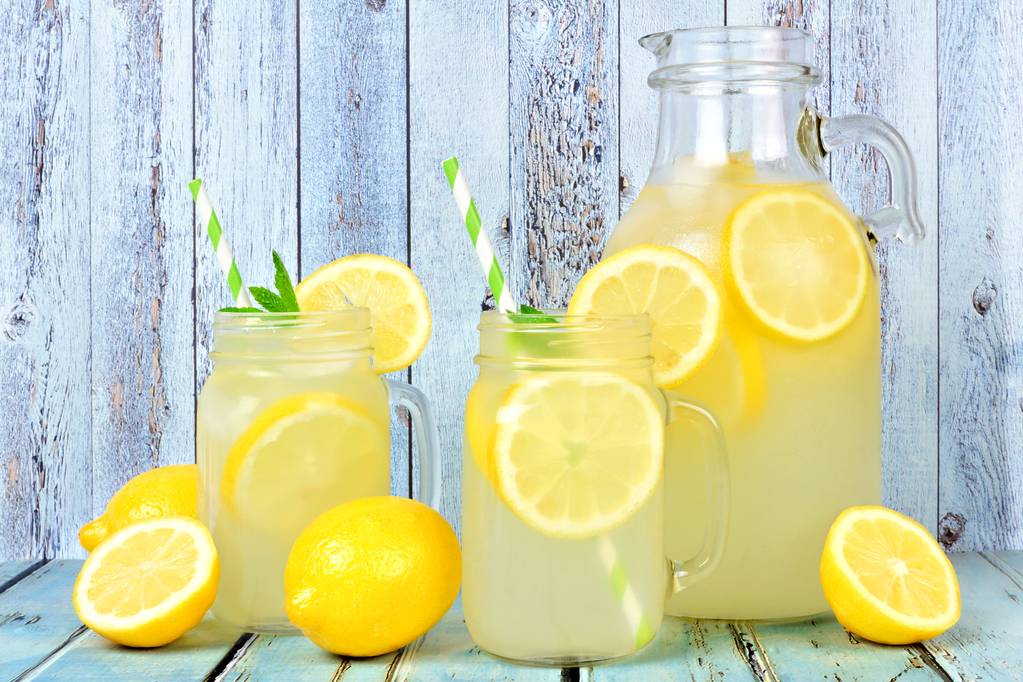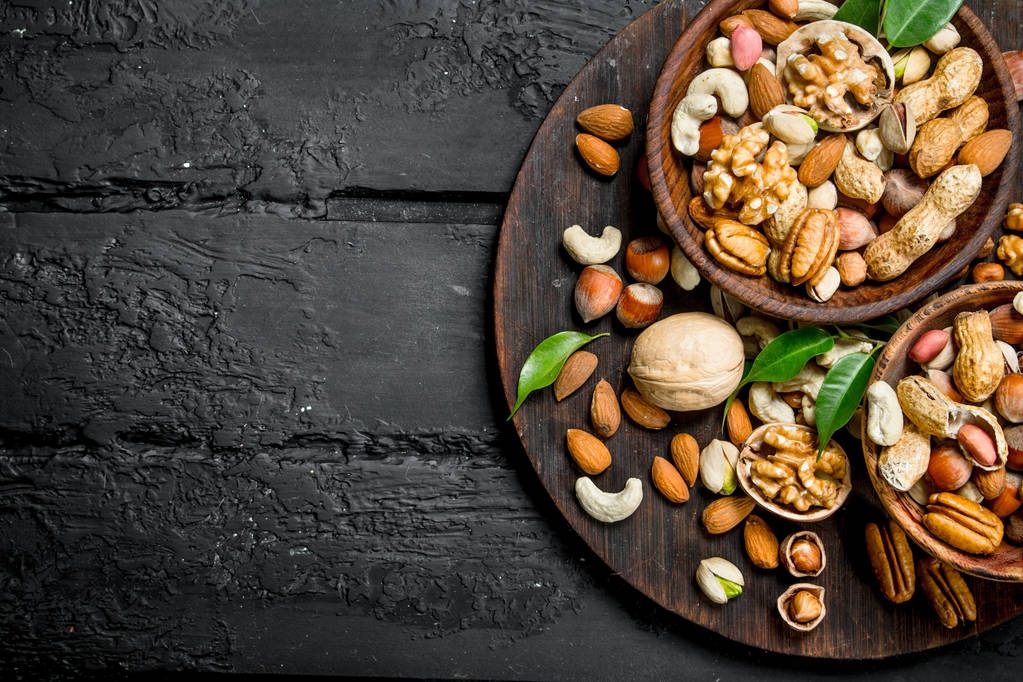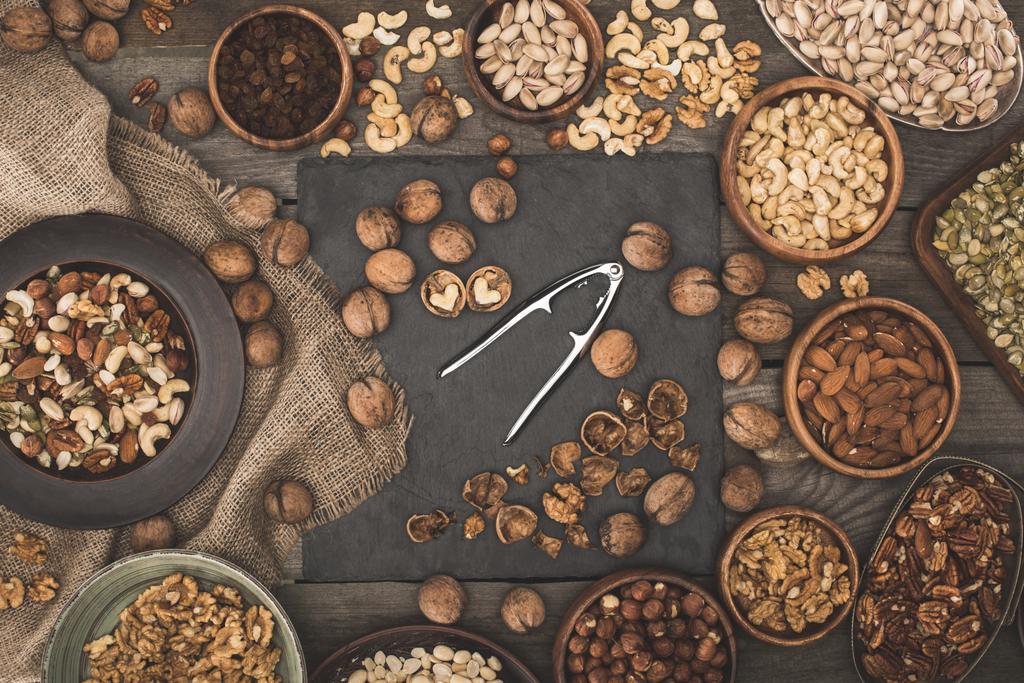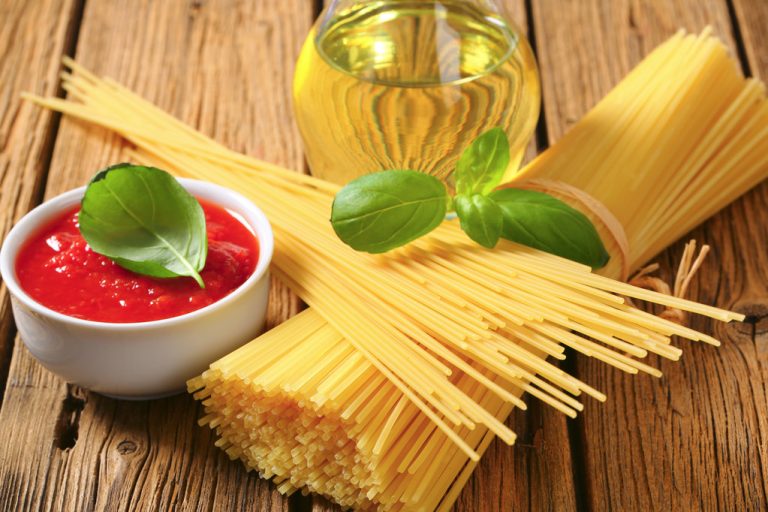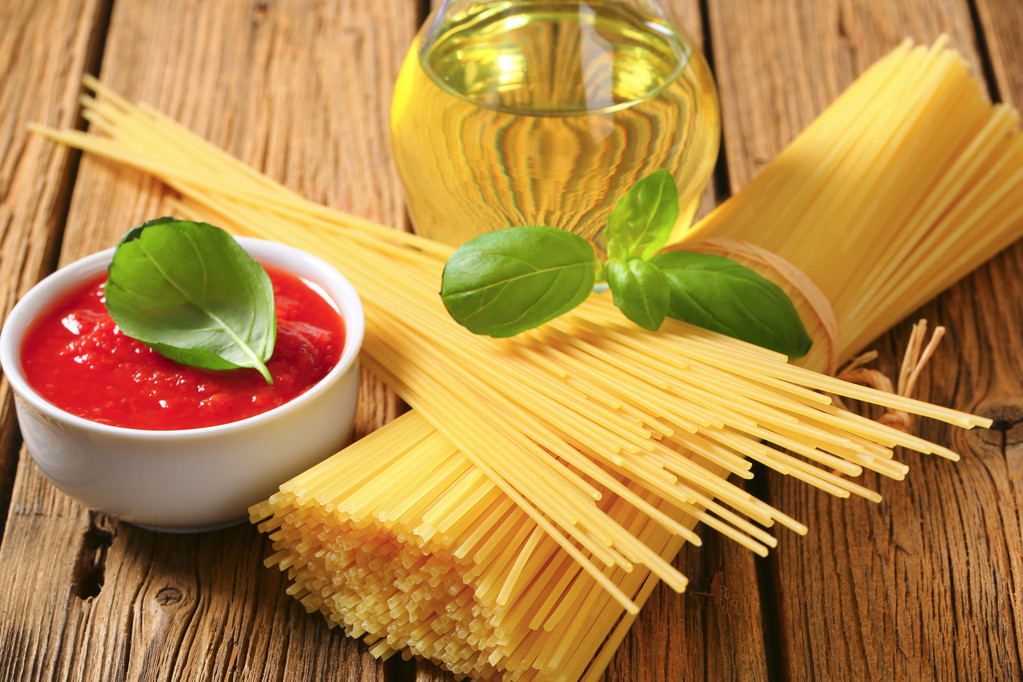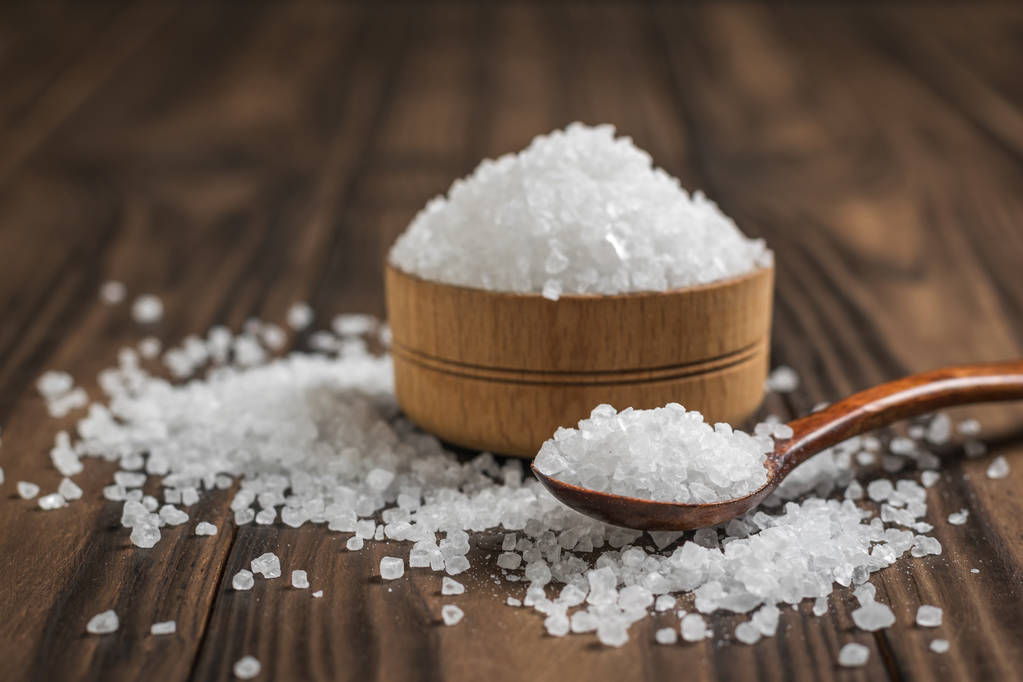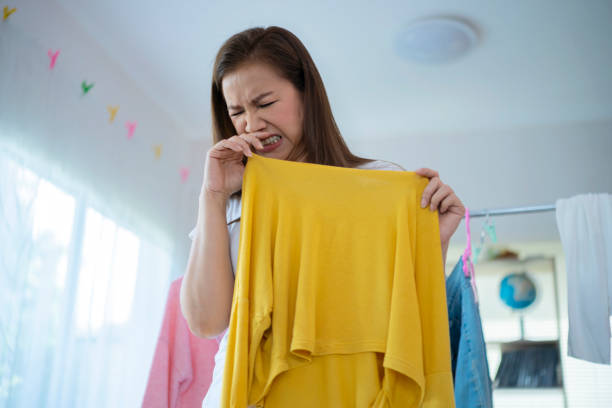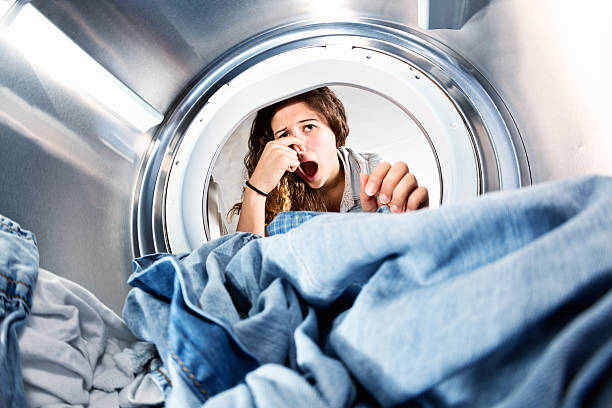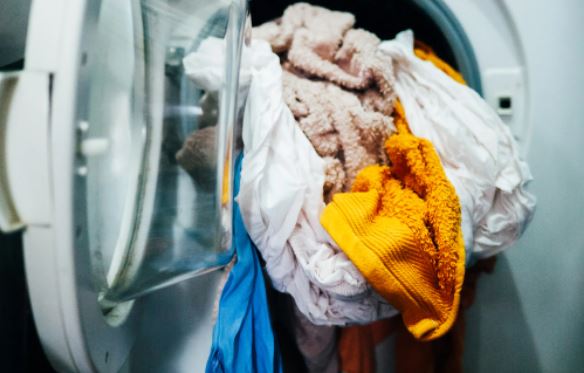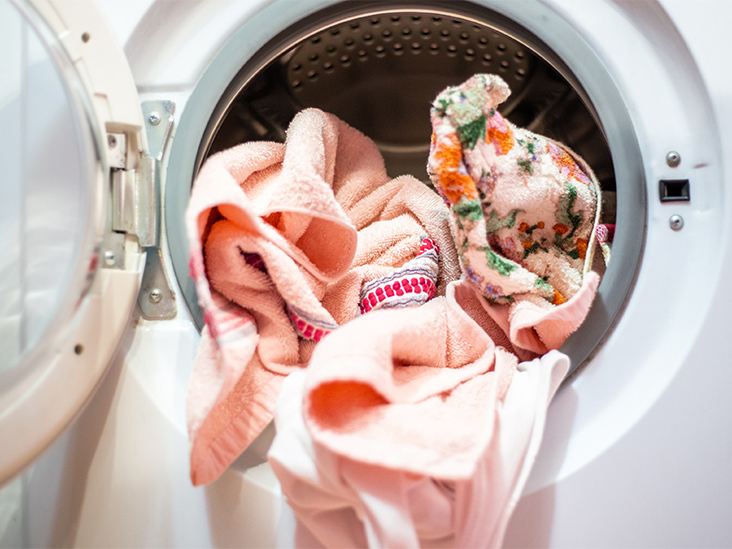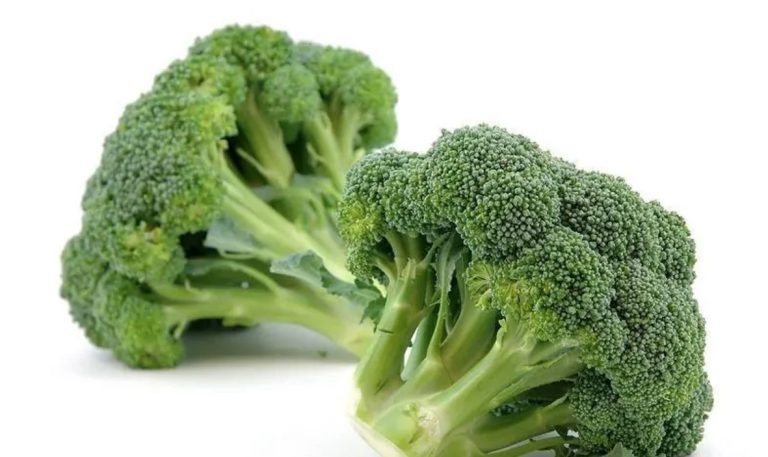Brewing good coffee is not that easy – there are many factors that can influence the taste. Some of these are common knowledge, others perhaps less well known. We introduce you to ten common mistakes when making coffee.
Coffee is one of the most popular hot drinks in Germany: For many, the daily cup for breakfast and in the afternoon is a matter of course. Coffee is not only an everyday drink, but also a luxury food.
However, the enjoyment quickly becomes clouded if coffee is prepared incorrectly. It then tastes too bitter, too thin or even burnt. This is due to various mistakes that often happen when making coffee. In this article we will show you which coffee mistakes are particularly common – and how you can avoid them.
Store coffee incorrectly

You should always store coffee in a dark, cool and dry place so that it does not lose its taste and quality. Heat, moisture and oxygen damage it. Many people therefore fill the coffee into a container. It is best to leave the coffee in its original packaging, seal it well and also store it in an airtight container. Coffee isn’t in good hands in the refrigerator if air can get in: it quickly absorbs the smells of other foods and changes its taste.
Caution: Even if stored well, coffee loses its aroma over time. So only ever buy as much as you need and use it up within six to eight weeks.
The wrong type of coffee
If you don’t like your coffee, it might not be because of the machine, but because of the type. Because coffee is not just coffee: there are over 100 known types of coffee with different flavors. For example, Arabica beans have a milder and less bitter taste than the robust beans of the Robusta plant. Robusta coffee usually also has a higher caffeine content than Arabica coffee. You can find out what you personally like best by trying it out.
The wrong degree of roast
The type of bean doesn’t taste like it does in your favorite café? This could be because you use a different method of preparation. Depending on whether you brew your coffee with a filter machine, an espresso maker or a French press, different degrees of roasted coffee are recommended.
For filter coffee, you should use beans with a medium or light roast.
A dark roast is recommended for espresso.
If in doubt, seek advice from a specialist retailer or take a look at the coffee packaging. Often you will find additional information there.
Mistake: Buy conventional coffee
When buying coffee, not only pay attention to the type of beans and the degree of roasting, but also keep an eye on the production conditions. Conventional coffee is repeatedly criticized because it is often contaminated with pesticides. This is doubly problematic: On the one hand, chemical-synthetic pesticides that are spread over large areas damage the environment. On the other hand, coffee contaminated with pesticides can also have a negative effect on your own health.
It is therefore best to buy organic coffee. It comes from sustainable cultivation and you avoid harmful residues because chemical-synthetic pesticides are banned in organic farming. Various test results also suggest that organic coffee is better for your health: Oko-Test, for example, took a closer look at 22 espresso roasts and found that many beans contain critical amounts of acrylamide. The substance is produced during roasting and is considered carcinogenic.
Grind coffee beans in advance
You can get coffee either ready-ground or in the form of whole beans. Many coffee lovers swear by the second variant and like to freshly grind their coffee at home. It should then have a more intense and pleasant taste than pre-ground coffee powder.
However, this is only true if you actually grind the beans right before brewing. Grinding a whole pack of coffee beans in advance may be more convenient, but it makes little sense: ground coffee loses its aroma faster than whole coffee beans. Therefore, pre-ground coffee does not differ significantly from conventional coffee powder.
Grind bean coffee with the wrong degree of grinding
When you grind your coffee yourself at home, it’s not only important to do it fresh every time – you should also consider the correct grind size. If the powder is ground too finely, the coffee releases too many bitter substances into the water, resulting in an unpleasantly bitter taste. On the other hand, powder that is too coarse does not release enough aromas into the water – the result is a rather thin coffee with little taste.
Basically, you should use medium-fine ground beans for the filter coffee machine
and use finely ground beans for hand filter coffee.
A coarser grind is recommended for espresso makers and French presses.
Mistake: Buying unfair coffee
In addition to the organic seal, you should also look out for the Fairtrade seal on the coffee pack of your choice. Poor working conditions often prevail on coffee plantations and local coffee farmers are often badly paid by bulk buyers. Fairtrade coffee, on the other hand, is traded and exported under fair conditions: For example, fair trade sets a minimum price for coffee that is not subject to the usual price fluctuations on the world market. This guarantees that the farmers can cover their production costs and their existence is not threatened. Other goals of fair trade are to enable coffee farmers to receive further training, to strengthen their negotiating position with customers and to combat child labor on coffee plantations.
In addition to the social aspect, Fairtrade coffee is usually also more sustainable, because fair trade focuses on environmental protection and bans certain pesticides. In addition, Fairtrade companies are more careful with valuable resources such as water. Our guide gives you an overview of the best places to buy Fairtrade coffee.
Incorrect amount of ground coffee
Coffee often gets too strong or too weak because you use too much or too little powder. For a pleasant taste you can use the following rule of thumb:
You need seven to ten grams of ground coffee per cup of coffee (125 to 150 milliliters). Ten grams is approximately one heaped tablespoon. For a more accurate dosage, you can also use a special teaspoon to help you measure.
Brew coffee with water that is too hot
You should avoid this mistake especially if you brew your coffee with a French press or prepare Turkish coffee. Boiling hot water weakens the aroma of coffee and more bitter substances are released. Ultimately, the finished coffee tastes much more bitter.
It is better to use water with a temperature below 100 degrees Celsius for these types of preparation; 90 to 95 degrees are ideal. If you don’t have a way to measure the water temperature precisely, you can simply let the water cool slightly after boiling before using it to brew the coffee.
Water quality is also important

What many people don’t take into account: It’s not just the coffee powder itself that contributes to the taste of a cup of coffee, but also the quality of the water. Be sure to use fresh and pure water to brew your coffee and pay particular attention to the calcium and magnesium content. If it is particularly high, we speak of hard water – this has an unfavorable effect on the taste of the coffee and can also calcify the coffee machine. Too soft water with very little mineral content is not recommended either. The ideal water hardness is a maximum of 8 °dH.
If you are unsure about the composition, you can have your tap water tested. If it’s high in calcium and magnesium, you can soften it by using a water filter. Alternatively, you can brew your coffee with mineral water. In principle, however, tap water is better for the environment than plastic bottles.






